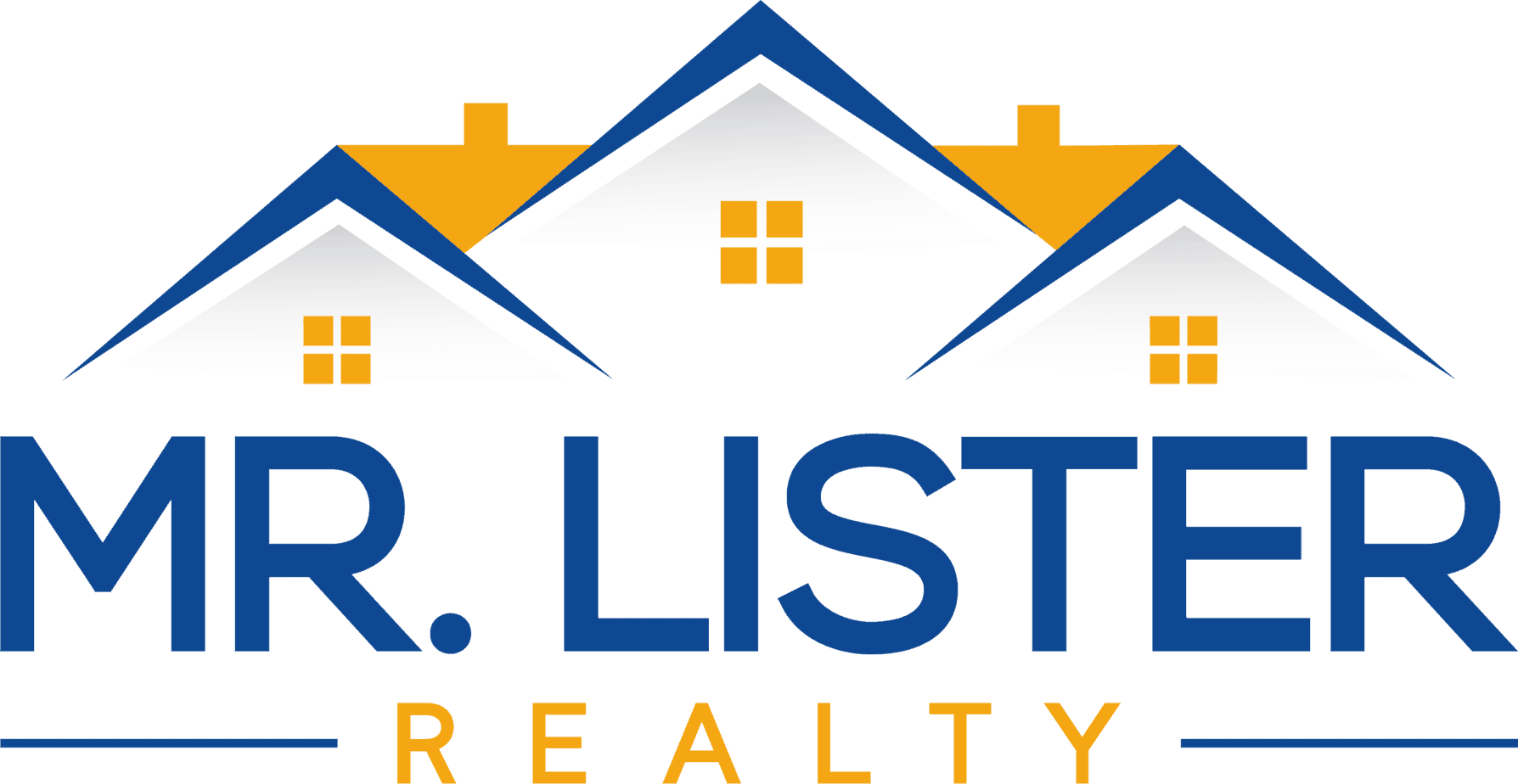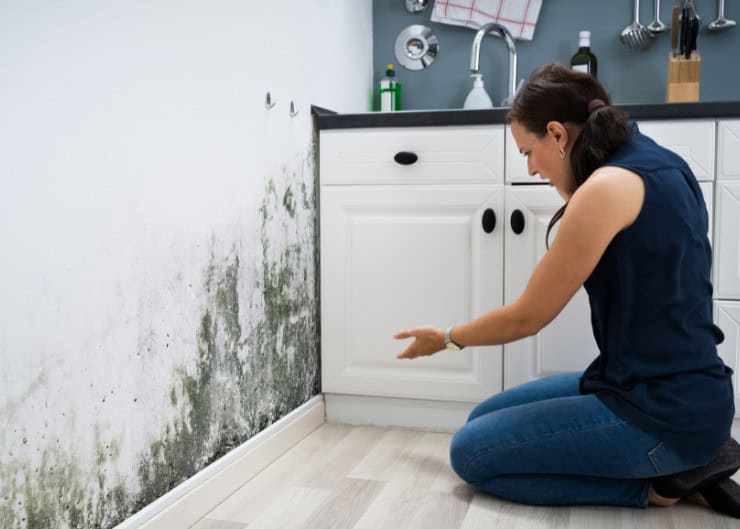The Basics of Mold: What is it?
Mold is a type of fungus that thrives in moist environments. It can grow on a variety of surfaces, including walls, ceilings, and floors. Common household molds include:
- Aspergillus: Often found in damp environments and on food.
- Cladosporium: Grows on wood, carpets, and fabrics.
- Stachybotrys (Black Mold): Notorious for growing on materials with a high cellulose content, like wood and drywall.
Why Mold Matters
Health Implications
- Allergies and Asthma: Mold spores can trigger allergic reactions and asthma attacks.
- Respiratory Issues: Prolonged exposure can lead to more severe respiratory problems.
Structural Concerns
- Damage to Building Materials: Mold can weaken walls, ceilings, and floors, leading to costly repairs.
- Decreased Property Value: Homes with mold issues can see a significant drop in value, making them harder to sell.
Common Causes of Mold
- Poor Ventilation: Kitchens, bathrooms, and basements are prone to mold growth due to inadequate airflow.
- Plumbing Leaks: Leaks behind walls or under sinks provide the perfect environment for mold.
- Roof Leaks: Water entering from a damaged roof can lead to mold on ceilings and walls.
- Flooding: Post-flooding moisture can remain in floors and walls, encouraging mold.
- Condensation: Temperature differences between indoor and outdoor air can cause condensation, especially on windows and walls.
- Damp Basements: Poor drainage and waterproofing can make basements ideal for mold growth.
Preventing Mold in Your Home
Ventilation: Install exhaust fans and open windows regularly to promote airflow.
Fix Leaks Promptly: Regularly inspect plumbing and roofs for leaks and repair them immediately.
Use Dehumidifiers: Keep humidity levels below 60% in damp areas like basements.
Quick Flood Response: Dry affected areas as soon as possible after flooding. Remove water-damaged materials promptly.
Insulation: Properly insulate your home to reduce condensation on cold surfaces.
Regular Cleaning: Frequently clean damp areas to reduce mold spores.
What to Do If You Find Mold
Small Areas: For minor mold issues, like above a shower, clean with water, detergent, and a disinfectant like bleach. Always wear protective gear to avoid inhaling spores.
Large Infestations: For extensive mold problems, hire professional mold remediation services to ensure thorough removal and address underlying moisture issues.
Mold Inspections When Buying a Home
When purchasing a home, particularly older properties or those in humid areas, consider a mold inspection. This can reveal potential mold issues before they become a significant problem.
Understanding mold is vital for maintaining a healthy home environment and protecting your investment. By knowing its causes and impacts, you can take proactive steps to prevent and address mold issues effectively.
Stay vigilant with ventilation, repairs, and regular cleaning to keep your home mold-free. If mold problems arise, act quickly to protect both your health and your property value.
For more expert advice on home maintenance and real estate, visit our Mr. Lister Realty Blog or follow us on Facebook and Instagram.

